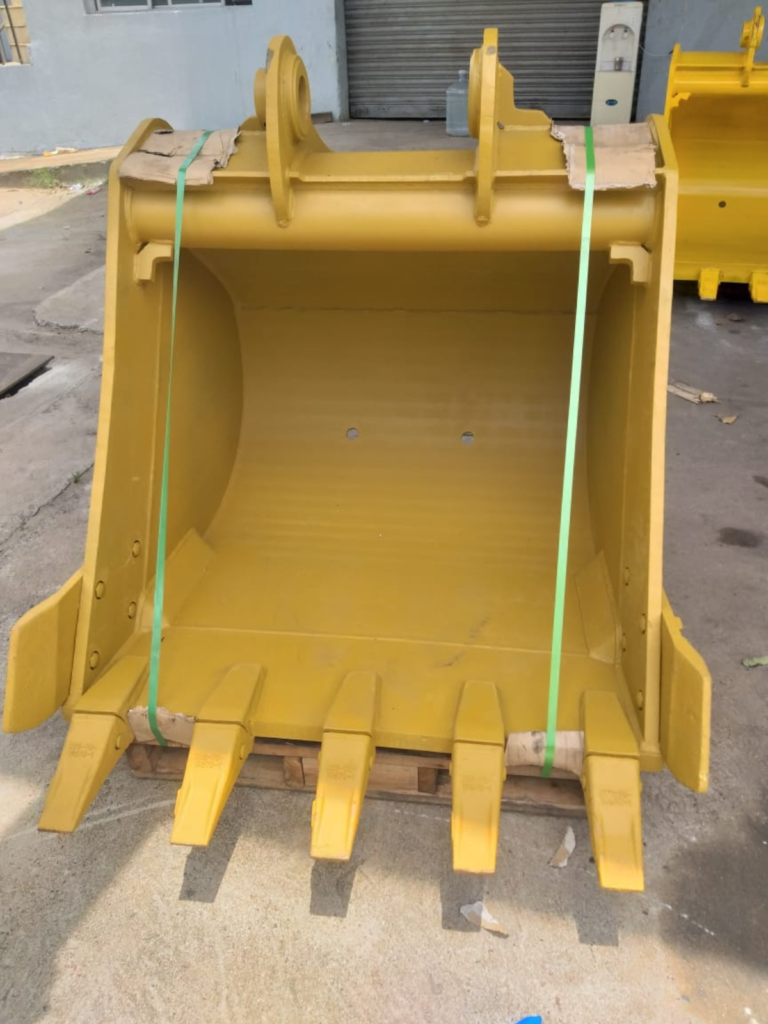
A soil bucket is one of the most critical attachments in excavation and earthmoving projects. Whether you’re working on construction sites, mining operations, or agricultural land development, your soil bucket endures immense wear and tear every day. To ensure it delivers consistent performance and avoids costly downtime, proper care and timely repairs are essential.
This guide will walk you through practical tips to extend the life of your soil bucket and keep it working like new.
Your soil bucket faces constant exposure to abrasive materials, moisture, and high-impact forces. Without proper maintenance, issues such as cracks, worn edges, and weakened welds can develop over time. These not only reduce efficiency but can also lead to expensive replacements.
Proactive care and regular inspections help you:
Reduce operating costs
Minimize equipment downtime
Improve excavation efficiency
Maximize return on investment (ROI)
The first step in extending the life of your soil bucket is conducting thorough inspections. Look for:
✅ Cracks or fractures in the bucket body or welds
✅ Worn cutting edges or side cutters
✅ Loose or missing bolts and pins
✅ Signs of rust or corrosion
✅ Bent or deformed bucket teeth
It’s a good practice to check the soil bucket daily before starting work, especially in tough environments with rocky or abrasive materials.
Soil and debris left on the bucket can trap moisture and lead to rust. After each use:
Clean out any stuck mud or materials
Wash the bucket, particularly if it was used in wet or clay-heavy soil
Apply a light protective coating (like anti-corrosion spray) if the bucket will be stored for a long time
Keeping your soil bucket clean also makes it easier to spot wear and damage during inspections.
The cutting edge and teeth of your soil bucket are the most vulnerable parts because they make direct contact with the ground.
🔹 Cutting Edge – Inspect for rounding or chipping. Replace it before it wears too thin, as a damaged edge can affect digging efficiency.
🔹 Bucket Teeth – Check for worn or missing teeth. Worn teeth reduce penetration and increase fuel consumption. Consider using high-quality, wear-resistant teeth for longer life.
Timely replacement of wear parts prevents damage from spreading to other areas of the bucket.
Ignoring minor cracks or bent sections can lead to catastrophic failure. As soon as you notice:
Cracks in welds – Get them professionally repaired with reinforced welding
Bent sidewalls or shanks – Straighten them before they compromise the bucket’s structure
Loose hardware – Tighten or replace bolts and pins promptly
Engage certified repair professionals for major repairs to ensure structural integrity.
A common mistake is using a general-purpose soil bucket in extreme conditions it wasn’t designed for.
💡 For highly abrasive soils or rocky terrains, consider switching to a heavy-duty soil bucket or adding bolt-on wear plates for extra protection.
Using the right bucket for specific soil types reduces strain and prolongs its lifespan.
When your soil bucket is not in use:
Store it in a dry, covered area
Keep it off the ground to avoid contact with water or corrosive materials
If storing outdoors, cover the bucket with a waterproof tarp
Proper storage prevents rust and other environmental damage.
Cutting corners on cheap replacement parts may save money upfront but can result in faster wear and more frequent repairs. Invest in:
✔️ Genuine high-quality bucket teeth and edges
✔️ Professional repair services
✔️ Wear-resistant coatings or liners for abrasive applications
This ensures your soil bucket remains reliable in the long run.
Your soil bucket is a workhorse, but like any tool, it needs attention to perform at its best. With regular inspections, timely repairs, and proper usage, you can significantly extend the life of your soil bucket and avoid unnecessary downtime.
Remember—taking care of your equipment today saves you money and stress tomorrow. Make soil bucket maintenance a priority and keep your operations running smoothly.
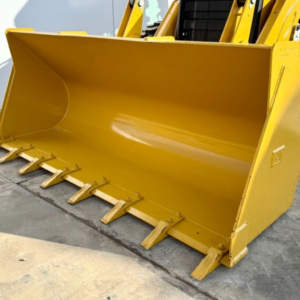
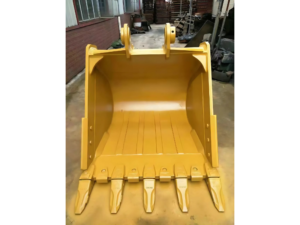
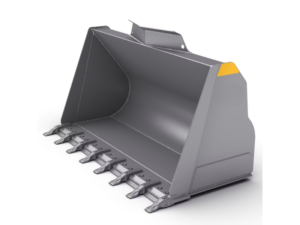
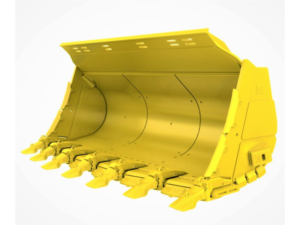



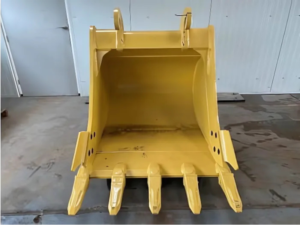
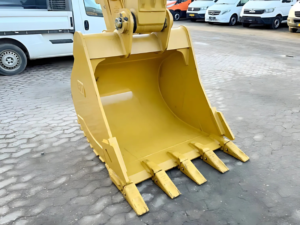
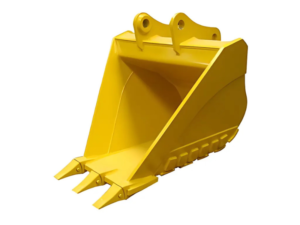
Excavator Rock Bucket | Excavator Skeleton Bucket | Excavator Trapezoidal Bucket | Excavator Soil Bucket | Excavator Loader Bucket | Excavator Single-Shank Ripper | Excavator Triple-Shank Ripper | Excavator Track Link Assembly | Excavator Tooth Points | Excavator JCB Teeth & Side Cutter | Excavator Idler | Excavator Sprocket | Excavator Lower Roller | Excavator Undercarriage | Excavator Track Group | Excavator Bolts | Excavator Rock Bucket in Chennai | Excavator Skeleton Bucket in Chennai | Excavator Trapezoidal Bucket in Chennai | Excavator Soil Bucket in Chennai | Excavator Loader Bucket in Chennai | Excavator Single-Shank Ripper in Chennai | Excavator Triple-Shank Ripper in Chennai | Excavator Track Link Assembly in Chennai | Excavator Tooth Points in Chennai | Excavator JCB Teeth & Side Cutter in Chennai | Excavator Idler in Chennai | Excavator Sprocket in Chennai | Excavator Lower Roller in Chennai | Excavator Undercarriage in Chennai | Excavator Track Group in Chennai | Excavator Bolts in Chennai | Excavator Rock Bucket in India | Excavator Skeleton Bucket in India | Excavator Trapezoidal Bucket in India | Excavator Soil Bucket in India | Excavator Loader Bucket in India | Excavator Single-Shank Ripper in India | Excavator Triple-Shank Ripper in India | Excavator Track Link Assembly in India | Excavator Tooth Points in India | Excavator JCB Teeth & Side Cutter in India | Excavator Idler in India | Excavator Sprocket in India | Excavator Lower Roller in India | Excavator Undercarriage in India | Excavator Track Group in India | Excavator Bolts in India
TEAM. All Rights Reserved. Developed by Pixel Tech.